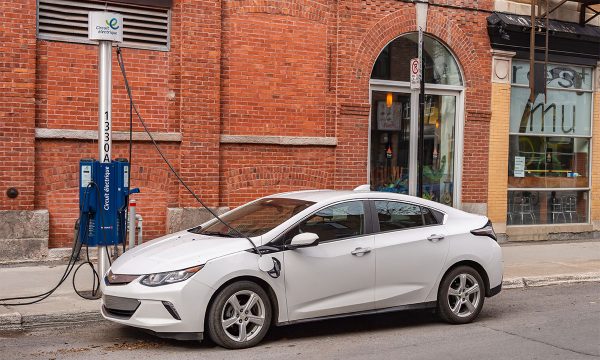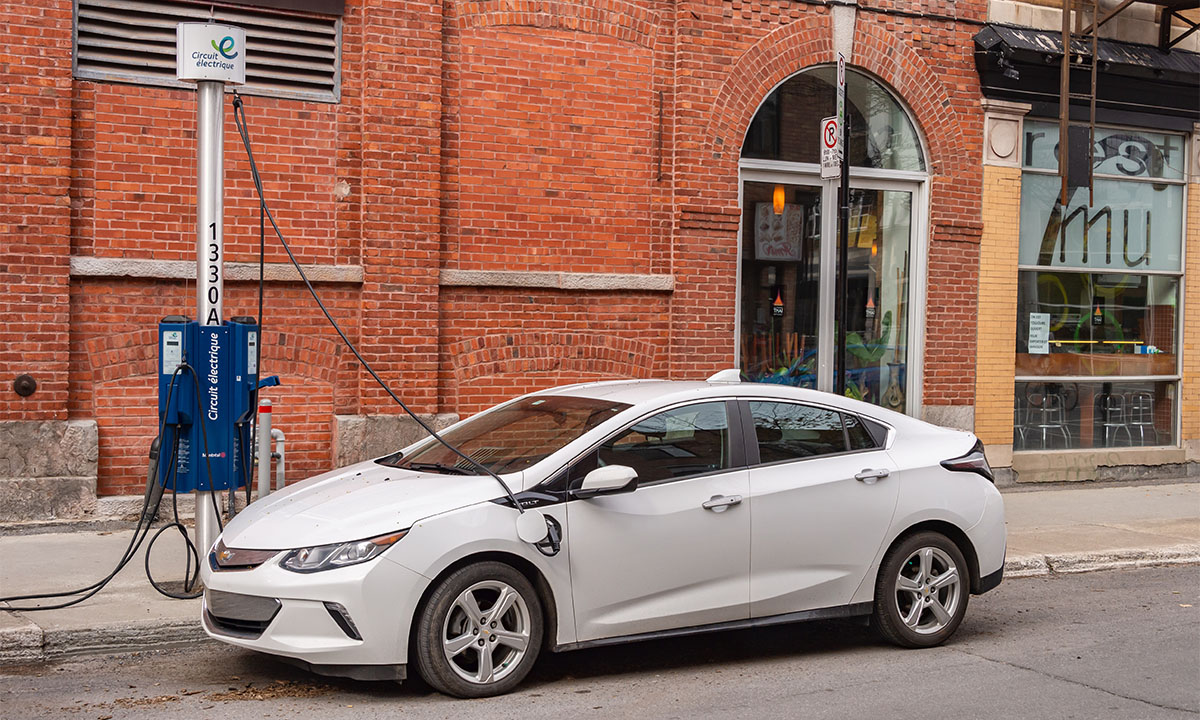
Facing pressure from all sides, the federal government has woken up to the auto theft crisis
Over the last few months, there are very few topics that have garnered as much media attention as the vehicle theft crisis occurring in Canada — and deservedly so.
While the overall increase in auto theft is assuredly a worldwide phenomenon, the current national experience is thoroughly unique and stems from the combination of specifically Canadian factors.
Multiple important actors for the automobile industry — from manufacturers to dealers all the way to consumer groups — have voiced the need for a more proactive and multisectoral fix to this rapidly worsening situation.
As mentioned, most media outlets have helped spread that message and only now are we starting to truly see some movement from the governmental side of things. Considering that this issue is of major interest for auto dealers and consumers, here’s a brief rundown of the current political dialogue surrounding the Canadian stolen vehicle crisis.
The first major Canada-wide political response, the infamous National Summit on Combatting Auto Theft, came after months of unrelenting pressure from auto dealers and industry partners.
Most experts agree that this initiative should’ve come sooner and that it simply reiterated some of the problems and potential solutions that have been, for months now, at the core of the advocacy efforts by the automotive industry.
This Summit did, however, lead to some important commitments by the federal government such as $121 million for the Ontario province to combat gang activity and an extra $28 million to amplify the Canada Border Services Agency’s (CBSA) capacity to conduct more investigations, increase enforcement efforts and share intelligence more efficiently.
The increase of funds for the CBSA is a key element of the discussion as multiple actors have underlined how the lack of resources — combined with a lack of scrutiny — made the agency more passive, more reactive than proactive.
To fight organized crime, you need boots on the ground and a willingness to stop these stolen vehicles from leaving the country. These commitments will hopefully help CBSA’s workers in fulfilling their duties.
More activity on auto theft at the national level also seems to have generated more awareness at the provincial level. For instance, François Bonnardel, Quebec’s minister for public safety, has recently put forward a motion in the National Assembly requesting for more leadership from the federal government.
Similarly, Ontario Premier Doug Ford was one of the first elected officials to actively voice his concerns regarding the GTA’s rampant auto theft crisis.
Obviously, most of the political pressure emanating from the municipal or provincial level consisted of requests and complaints aimed at Justin Trudeau’s government. This is legitimate: this problematic situation is a Canada-wide issue and the majority of viable solutions will require federal involvement one way or the other.
This level of criticism forced the government to engage in a more defensive position and to deflect the blame towards other actors, mainly those from the automotive sector.
The increase of funds for the CBSA is a key element of the discussion as multiple actors have underlined how the lack of resources — combined with a lack of scrutiny — made the agency more passive, more reactive than proactive.
This was truly apparent during a meeting of the public safety committee (SECU) that occurred in early February, where a few MPs challenged some representatives from automobile dealer, exporter and manufacturer associations. To shed responsibility for the auto theft crisis, a lot was made about the lack of efforts by the automotive industry to make vehicles safer and tougher to steal.
This narrative doesn’t hold up when you look at historical data of auto theft in Canada and in the United States. Over the years, there have been periods (1990 to 2021) where the quantity of auto thefts was technically higher than what we are observing today. What is worrisome is how acute the problem is in our country and how fast it got worse. There was a 21 per cent increase in vehicle theft from 2021 to 2022, while the same crisis worsened by only seven per cent in the U.S.
Obviously, members of the government are working hard at trying to insert the Canadian situation into the wider global recorded increase of vehicle theft.
The data and research, however, show that the situation in our country is unique, is currently worsening, and that it is the result of many contributing factors that aren’t necessarily part of the makeup of the auto theft crises occurring around the world.
The majority of the law enforcement, institutional and industrial actors are in agreement on what the next steps are to slow down criminal activity and auto theft. While the federal government seems to be now well aware of this major problem, finding a culprit seems to be more of a priority than putting in place the necessary investments and solutions.
Collaboration will be at the forefront of our fight against auto theft here in Canada. Now is not the time to try and gain — or avoid losing — political capital. Canadian citizens deserve a swift and efficient response to this unique national problem.
It will be interesting to see, in the next few months, who takes leadership on this issue. As usual, it wouldn’t be surprising that our industry is the one bringing everybody to the same table.

















